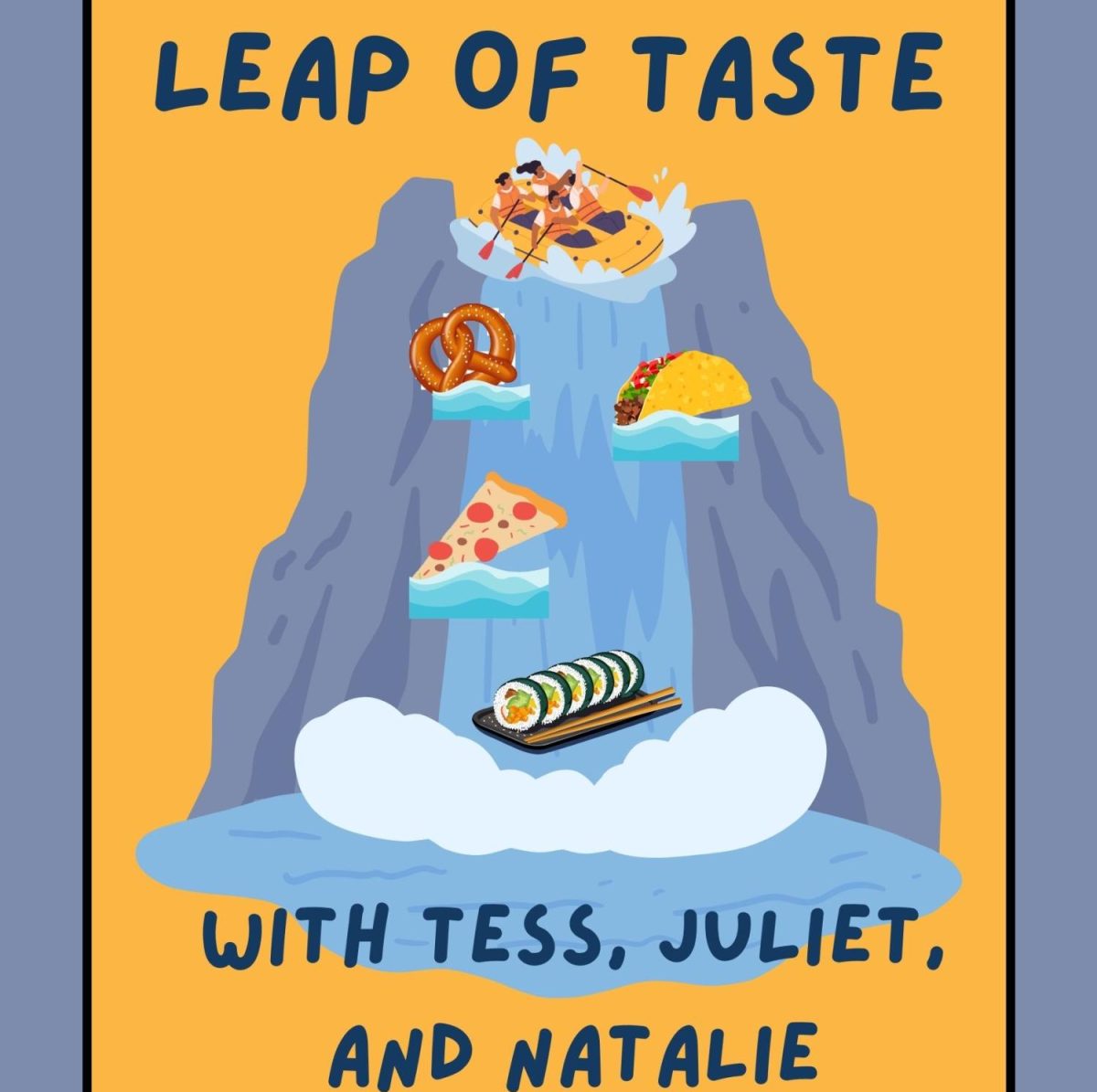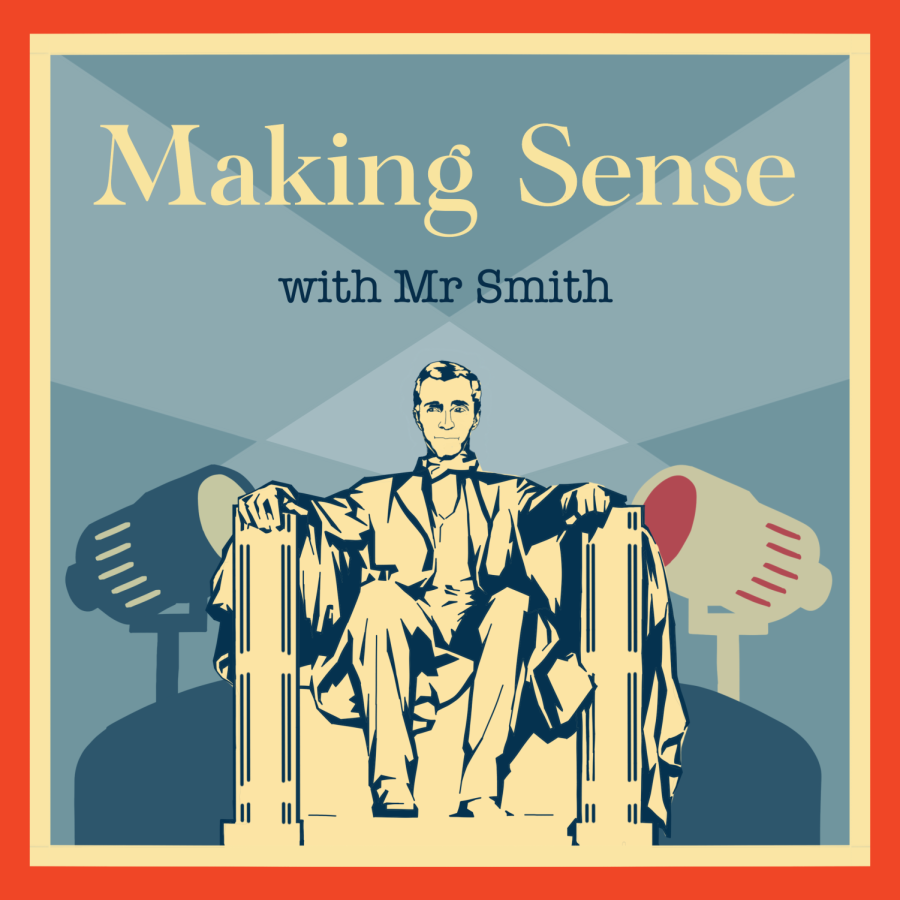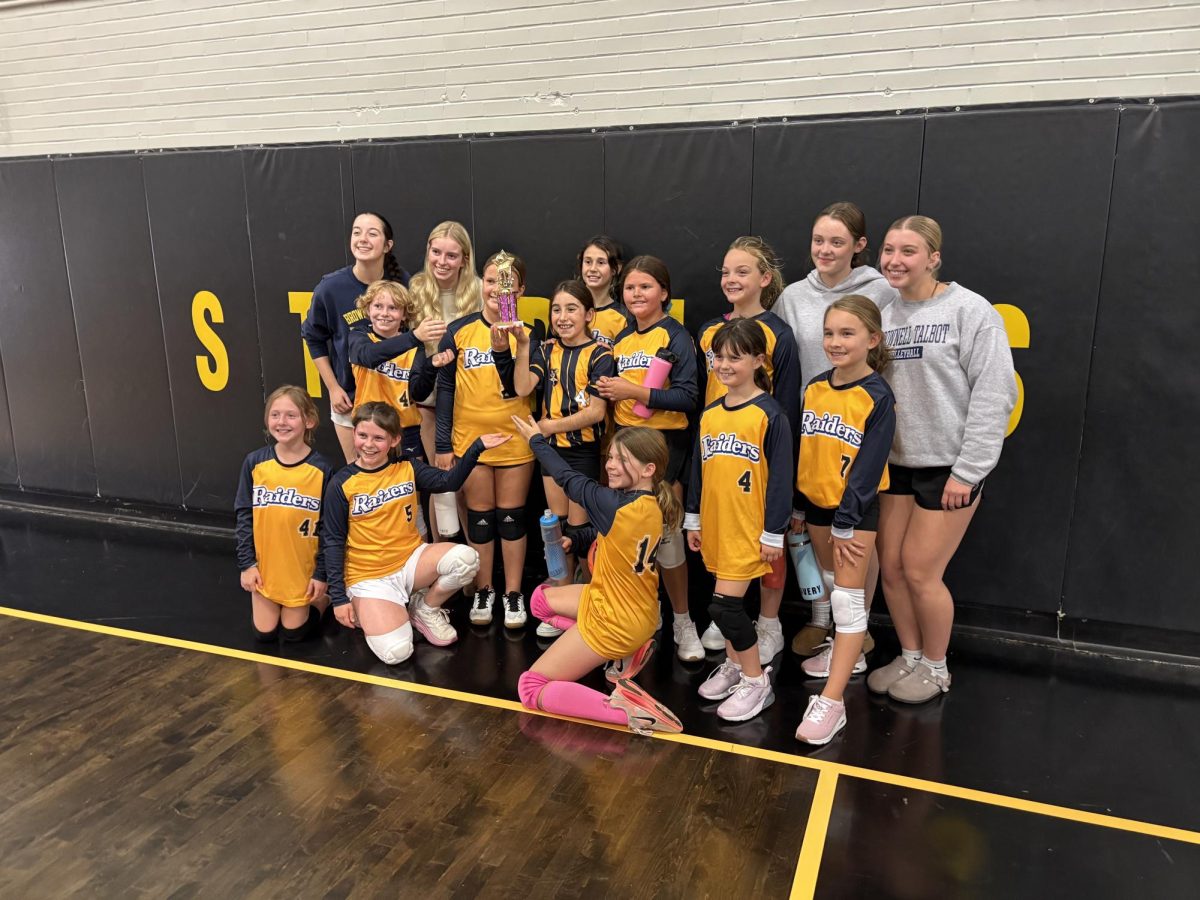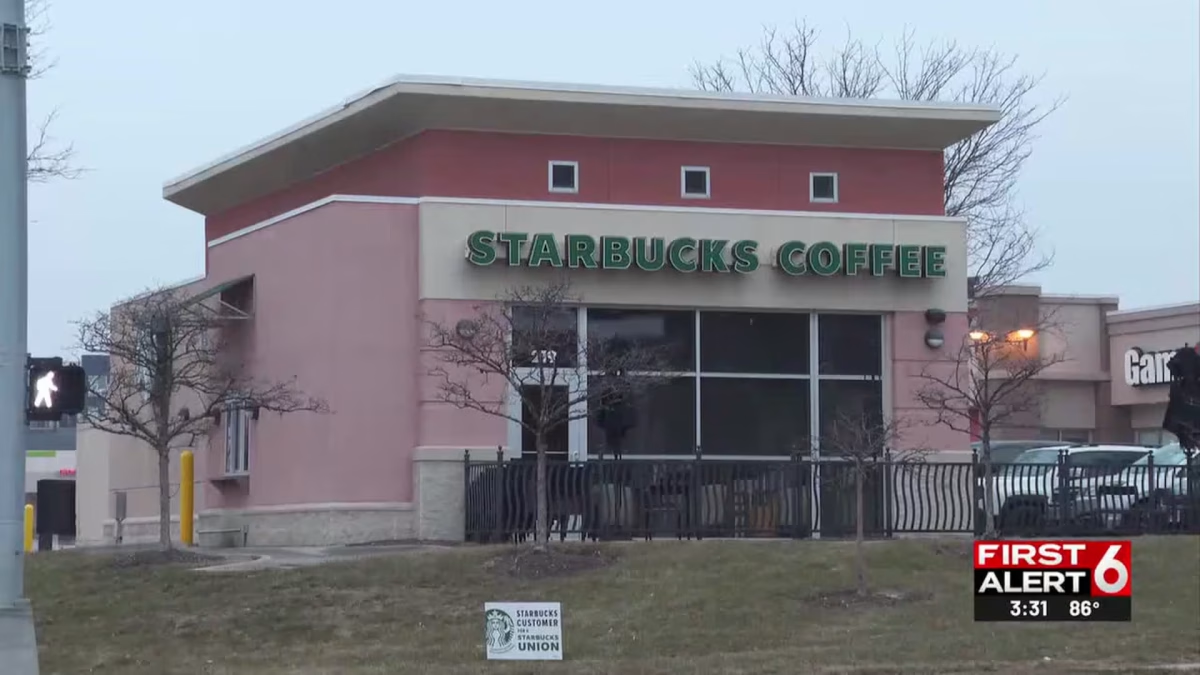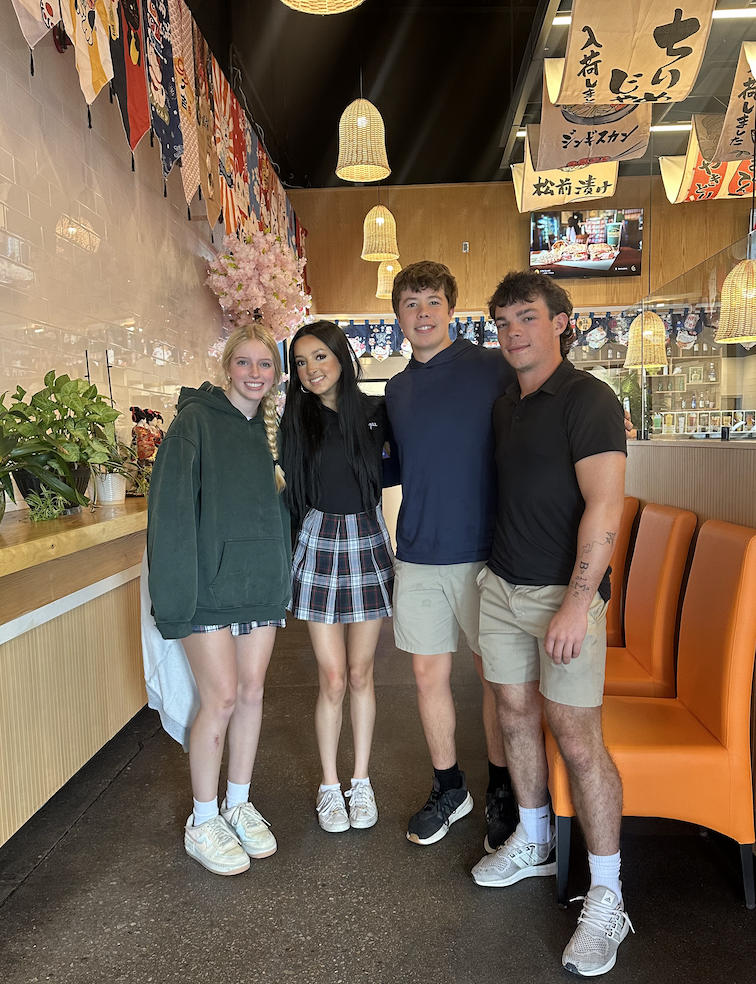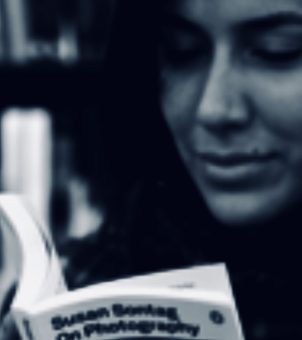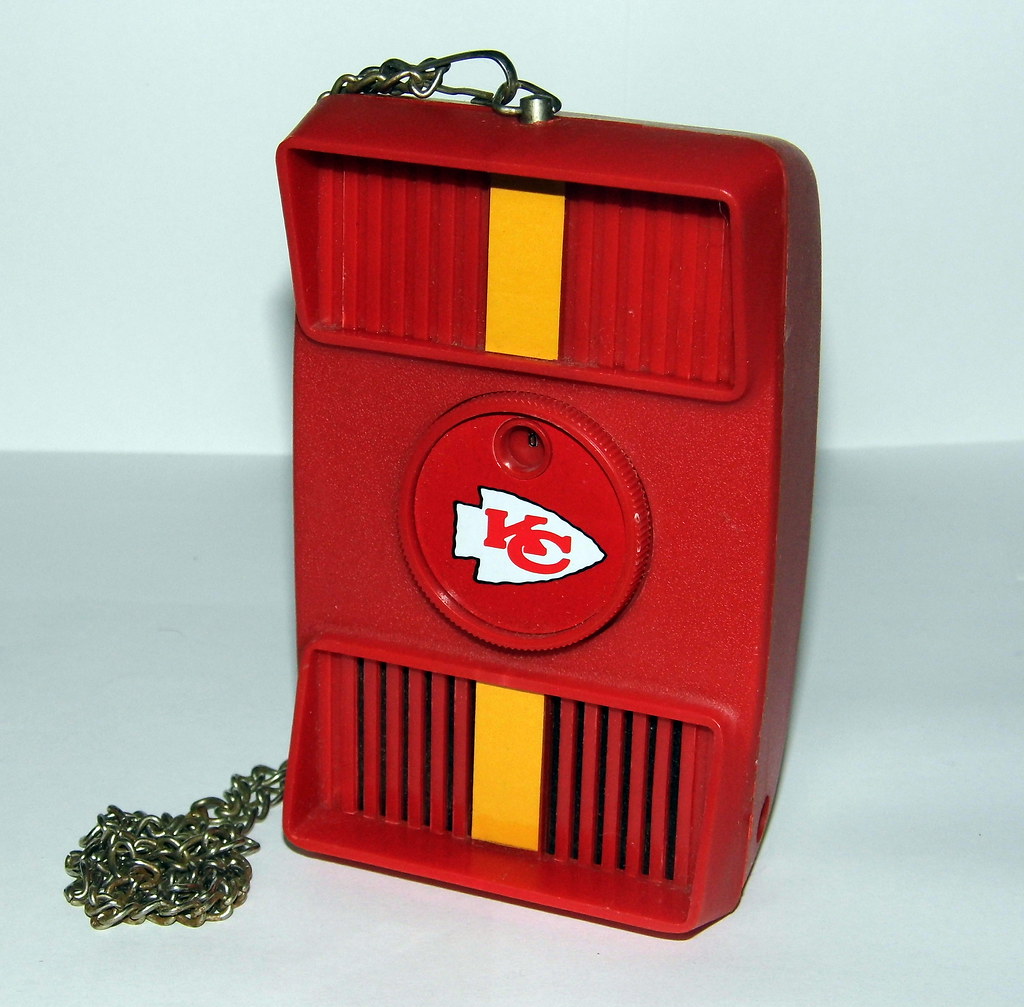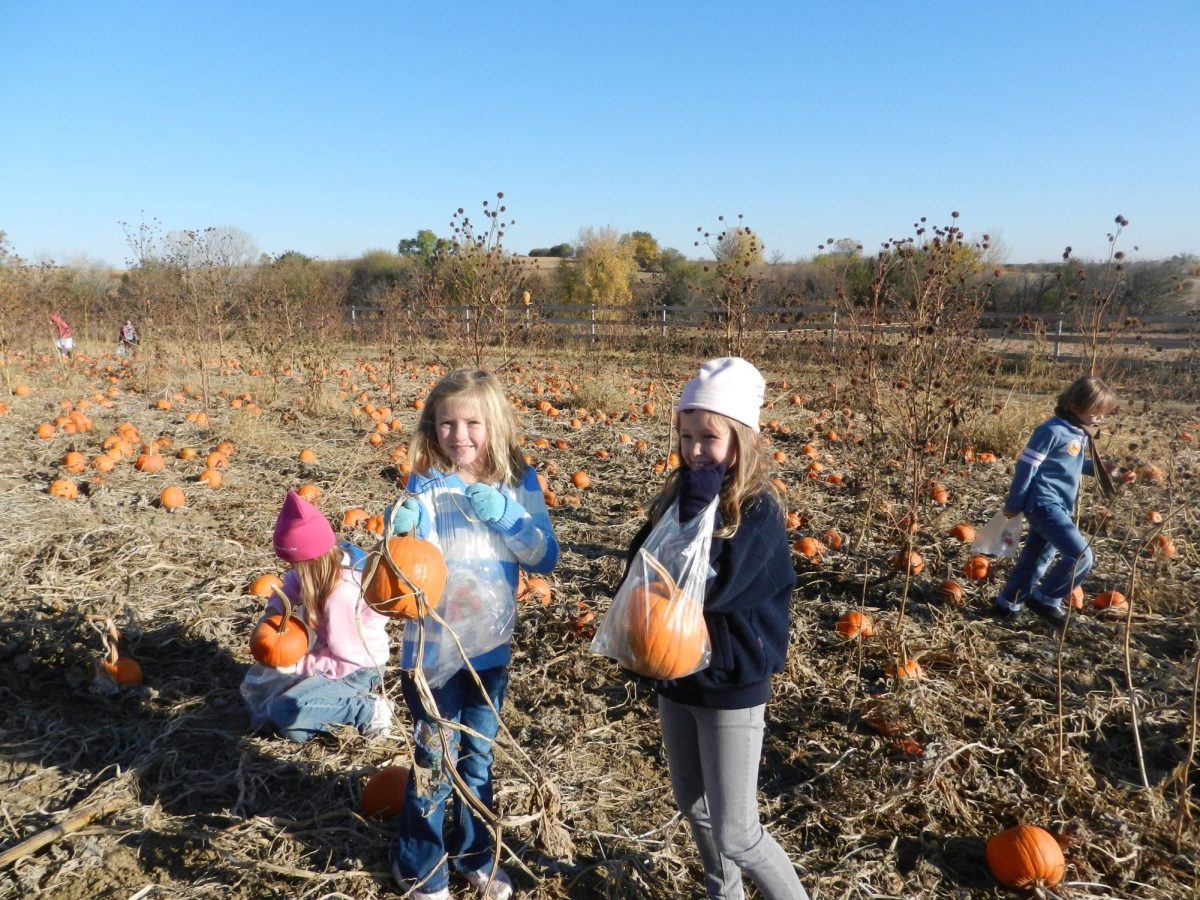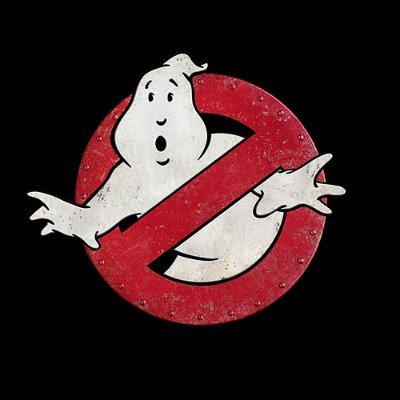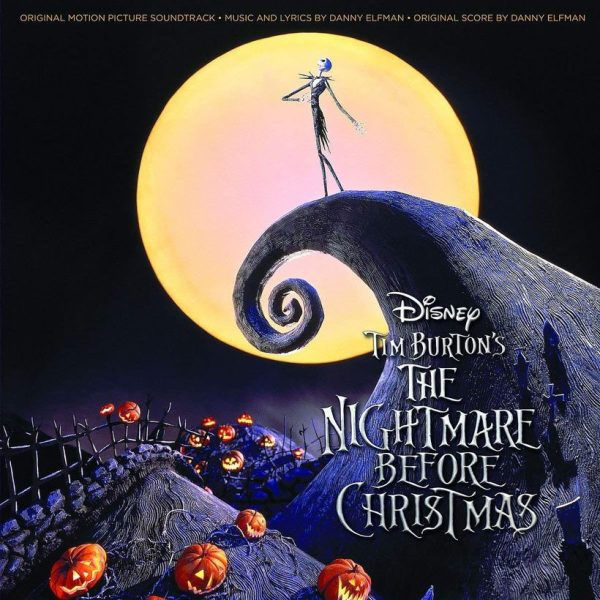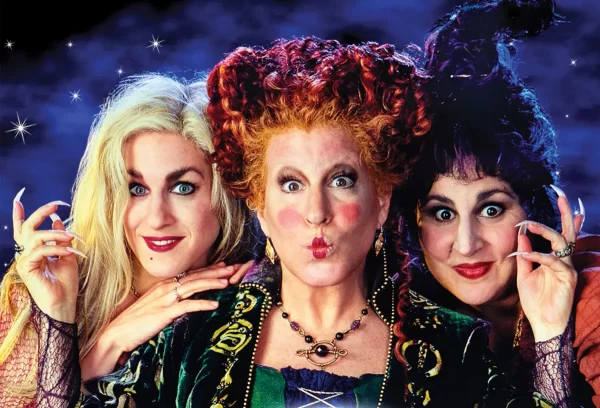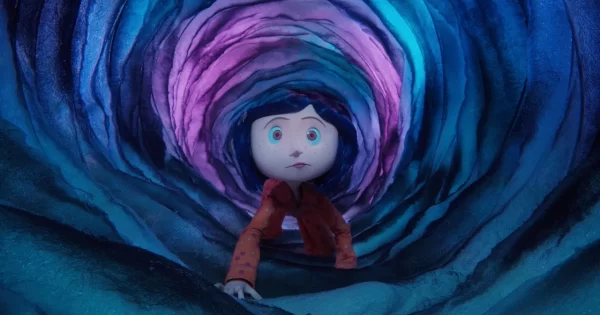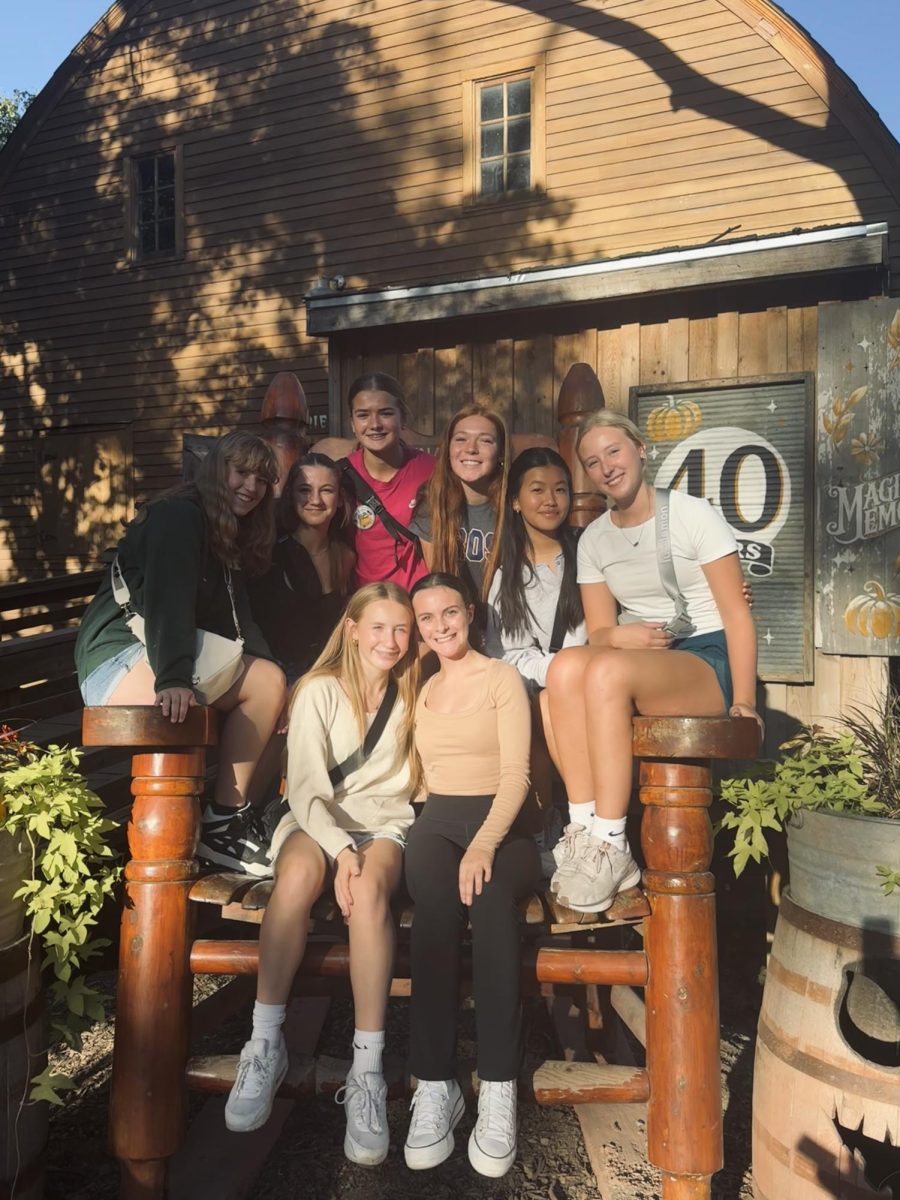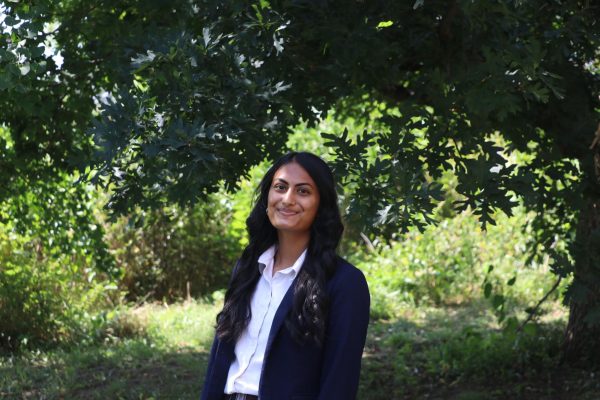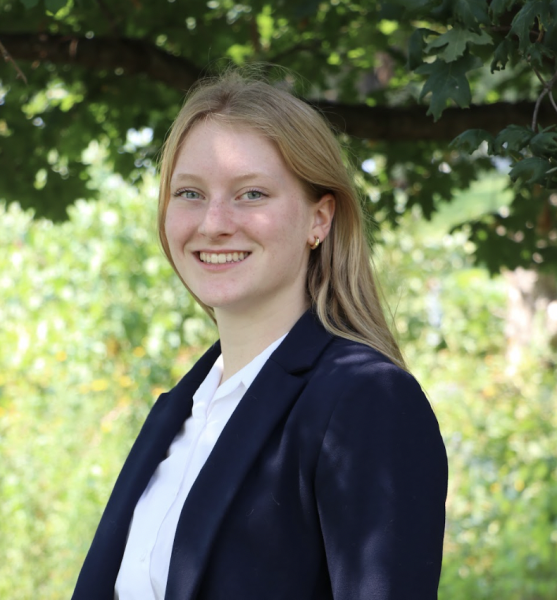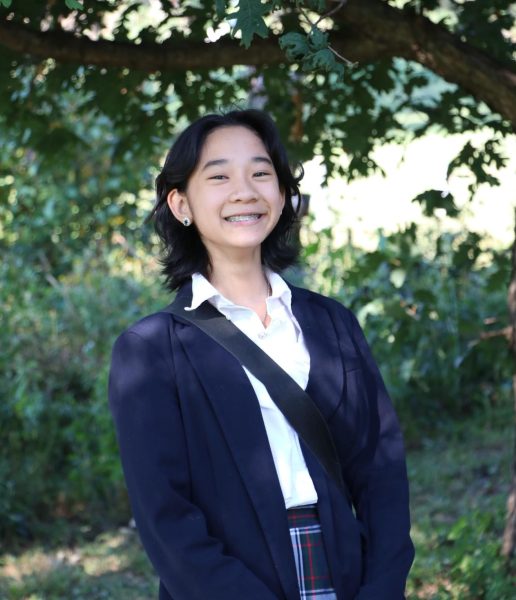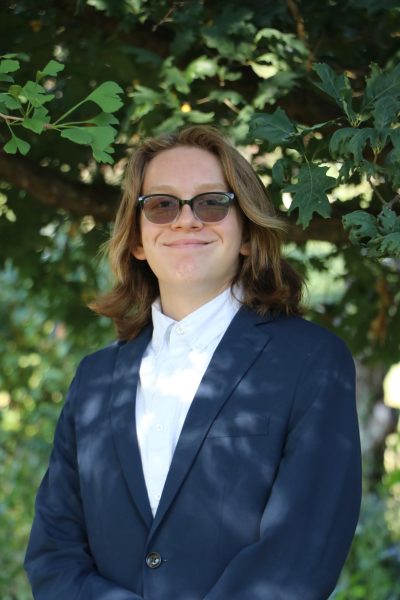Along with the red and yellow leaves, pumpkin spice lattes, and crisp, chilly air comes the spooky season of Halloween. The excitement of picking out a costume and carving pumpkins can be a magical experience for many children and even teenagers. The best part, though, is getting heaps of candy from walking from house to house, work well worth the time for the reward of a sugar rush.
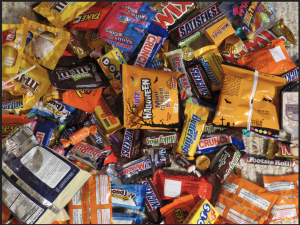
While the traditional ideas of Halloween are exciting, it’s important to understand Halloween beyond the classic idea of a night of getting candy. For many, celebrations of Dia de Los Muertos or All Saints Day are important for connecting with those who have passed or honoring all the saints of the church. Along with this, the origins of how Halloween started might have been different from what you thought, and the similarities and differences between the different celebrations are crucial for understanding its significance on a deeper level.
Starting as an ancient Gaelic festival, the day of Halloween was once called Samhain (pronounced SAH-win) and was mainly celebrated in Britain and Ireland. The Samhain festivities celebrated the Goddess of the sun, Tlachtga, representing the end of the harvest and the beginning of the winter half of the year (Mullally). While the festival mostly falls on what we today consider November 1st, activities began the evening before October 31st. This has led some to believe that, contrary to modern practices, the Gaelic calendar arbitrates that night comes before day (hÓgáin). Families would allow their hearths to burn out before rekindling it with flames from great bonfires created by the community. The belief was held that during Samhain was when the living world crossed over the most with the “otherworld” which allowed spirits to cross over and some tombs have been found oriented so that they align with the sun during Samhain (Meehan). Costumes would be worn to blend in with the spirits and food was set out to stop the spirits from causing trouble. In the 8th century, the Christian church incorporated elements of Samhain into its own celebration called All Saints’ Day, also known as All Hallows’ Day, observed on November 1st. The evening before became known as All Hallows’ Eve, which eventually evolved into Halloween. All Saints’ Day is a holiday now celebrated on two different days in honor of all the saints or martyrs of the Church, whether they are known or unknown. When Irish and Scottish immigrants brought their traditions to North America in the 19th century, Halloween gained popularity and transformed into the holiday we recognize today, featuring a mix of spooky costumes, trick-or-treating, and festive decorations.
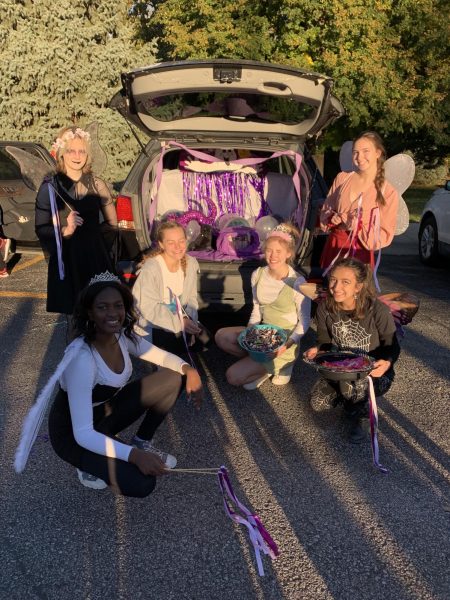
Over time, Halloween has become a beloved, multicultural celebration in America, transcending its ancient origins to become a global day of fun, fright, and festivity. An example of how diverse this holiday can be is Dia De Los Muertos, the Day of the Dead, which is celebrated on the first two days of November. This tradition is celebrated all over the country of Mexico with vibrant displays of bright colors and gorgeous flowers, with warm bread and skulls painted in pastels. It’s a party with the dead to say the least, a weekend to celebrate the living and the dead. It’s believed that only on these specific days of the year does the dead have the opportunity of visiting the living to join them one more time before returning to the afterlife. Families will put up alters to honor those who have passed away and display the family member’s favorite foods to remind them where to find their living family. This celebration does seem to be very distinct from Halloween but they do have their similarities such as dressing up and the offering of food. In Mexico City especially, there are many examples of costumes the people love to wear. These costumes are usually charro outfits with faces painted as skulls as seen in the picture below. This Mexican tradition has crossed over to many different countries including the United States. Now we see alters decorated with photos of loved ones in churches, schools and Mexican American homes.
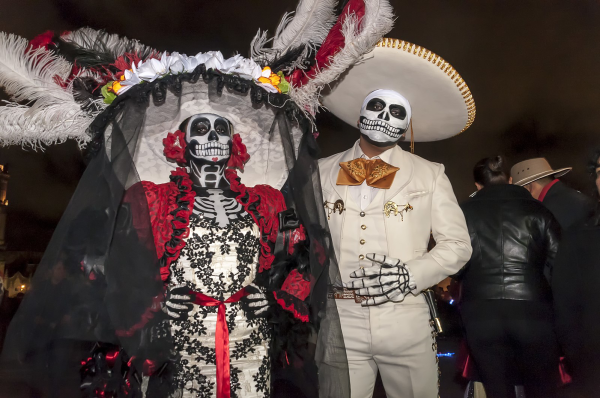
Halloween has changed dramatically since its establishment by Pope Boniface III. Originally Allhallowtide which was celebrated over 3 days starting on September 1st, Halloween is now individually dated on the 31st of October. Its evolution in Europe and the United States has long since abandoned its religious roots, once centered around paying respects to those who have died in the hopes they reach heaven. While established by the English, most of the modern Halloween events are from Gaelic culture. In Gaelic traditions, it was thought that the spirits roamed the mortal world and as they went house-to-house guising, they were costumed to blend in and protect themselves. As well as this, many old Gaelic rituals surrounded the tradition of fortune-telling and divination, including mirror gazing and apple bobbing. In modern celebrations, trick-or-treating takes the place of guising. The trick aspect came from children threatening misbehavior if they hadn’t received food. As well as this, costumes and apple bobbing have long since lost their spiritual purposes.
As Halloween slowly but surely creeps up on us, it’s crucial to recognize the significance of this holiday in a variety of cultures. Its diverse traditions and influences are a staple part of understanding the connections between the celebrations. As you soak in the chilling and frightening season, remember that Halloween is more than just a night of fun: for some, it’s rooted in remembering loved ones who have passed and, for others, honoring all the saints of the Church.
Works Cited:
hÓgáin, Dáithí Ó.Myth Legend and Romance: An Encyclopaedia of the Irish Folk Tradition. Prentice Hall Press, 1991”
Mullally, Erin. “SAMHAIN REVIVAL.” Archaeology, vol. 69, no. 6, 2016, pp. 34–37. JSTOR, http://www.jstor.org/stable/26348788. Accessed 26 Sept. 2023.
Meehan, P. 2012 A Possible Astronomical Alignment marking Seasonal Transitions at Listoghil, Sligo, Ireland, Internet Archaeology 32. https://doi.org/10.11141/ia.32.3

